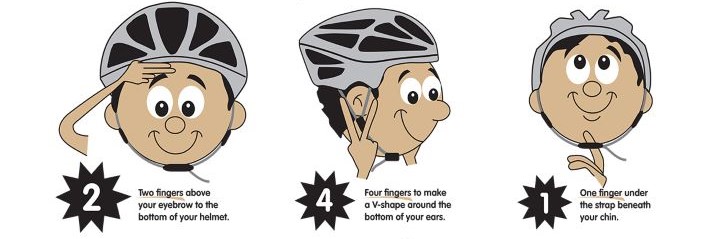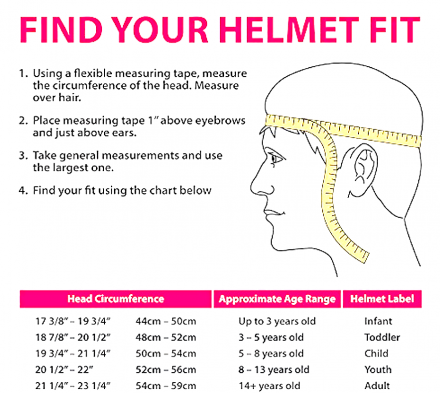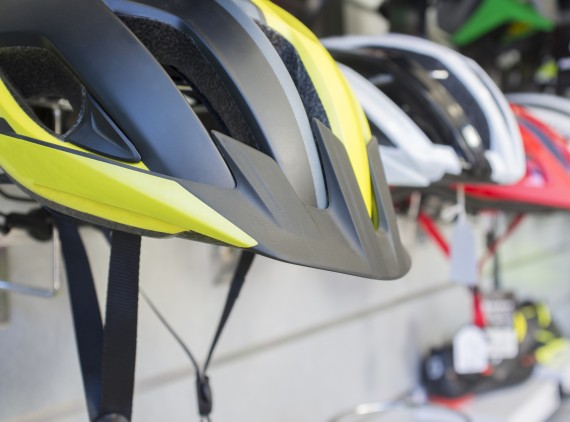Just as attitudes and social norms have shifted with other safety practices such as the use of safety belts and child safety seats, so must attitudes toward the use of bicycle helmets.
One of the easiest and most effective ways to reduce the risk of a head injury is with a helmet, but unfortunately, not all kids wear one. The biggest misconception about helmets is they’re not necessary, especially if kids are just riding their bikes in the driveway or close to home. A properly fitted helmet will provide protection and should always be worn.
Choose bike helmets that meet Consumer Product Safety Commission (CPSC) standards and replace them after a crash or when suggested by the manufacturer.
If a child falls off their bike – whether it’s moving or still – and hits their head, it’s a good idea to seek medical care. Don’t wait to take a child to an emergency room, especially if there is bleeding, bruising or any signs of a more serious injury such as a concussion.
A concussion is defined as a type of traumatic brain injury (TBI) in which the brain suddenly moves back and forth causing a disruption in function. Concussions are typically caused by trauma to the head but can also be cause by violent shaking of the head or even upper body. Concussions can affect numerous aspects of a person’s normal functioning including memory, reflexes, judgment, balance, muscle coordination, and speech. If a concussion is suspected, a physician should be immediately consulted.
Sometimes symptoms may not be immediately evident and could have lasting effects. Children who complain of a headache, nausea or vomiting, dizziness or confusion may need immediate medical attention.
At Phoenix Children’s Hospital, emergency room staff are trained to perform a concussion protocol to determine the best course of treatment. The hospital also provides complimentary helmets to families in need to help keep kids safe on their bikes, scooters, skates, and ATVs.
Teaching students how a brain injury would affect them and how effectively a helmet can prevent a traumatic brain injury helps students understand the science and logic that justify their use. Wearing a helmet becomes far more appealing than dealing with a brain injury.
Wear it right, every time
Follow the 2-4-1 rule to make sure your child’s helmet is worn correctly.

After fitting it to the rule, have your child shake their head. If the fit is right, the helmet will stay on tight.
Remember the following points in finding the helmet that’s right for your child:
• Choose a helmet that meets or exceeds the safety standards set by the U.S. Consumer Product Safety Commission (CPSC). Look for the CPSC sticker located inside the helmet or on the packaging.
• Always buy a new helmet. You may not know the history of a used helmet. Helmets are designed to work in only one crash, after which they should always be replaced.
• Allow your child to help pick out their helmet. They will let you know if it is comfortable. Your child is more likely to wear it if they like the color and style.
Use the helmet fit chart below to measure your child’s head:


